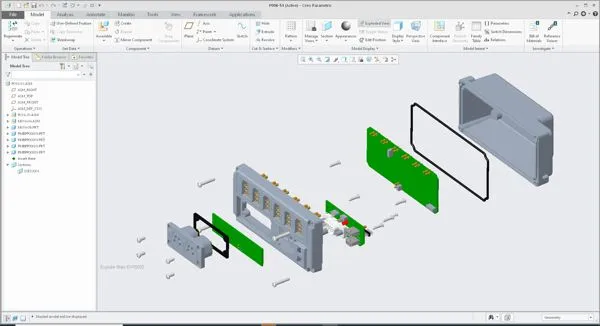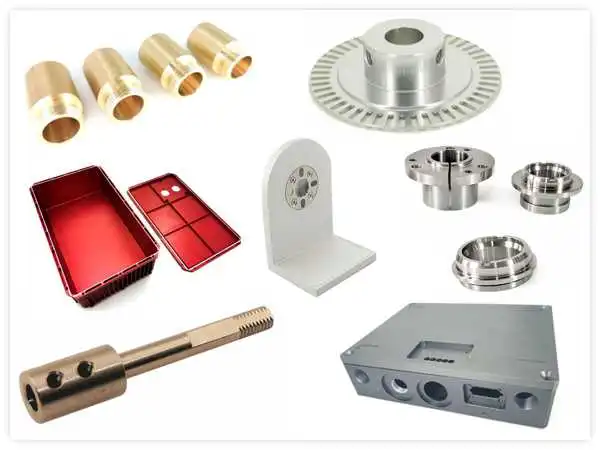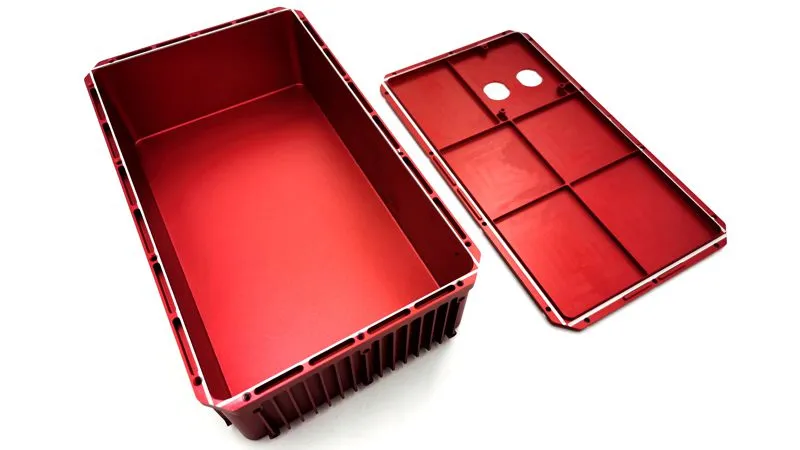Design for Manufacturing (DFM) is an essential aspect of the product development process. More specific, it focuses on designing products that are easy to manufacture. Understanding the principles of DFM can help engineers and designers optimize their designs for CNC machining, resulting in higher quality and more cost-effective parts.
DFM is the process of designing products that can be efficiently and effectively manufactured. The goal of DFM is to identify and eliminate potential manufacturing problems early in the design process. As a result, there is a reduction in the time and cost of production. DFM is critical for achieving the desired quality and cost-effectiveness of parts manufactured using CNC machining, milling, and turning.
DFM involves considering several factors such as materials, manufacturing processes, tolerances, and surface finishes during the product design phase. By optimizing the design of a product for manufacturing, engineers and designers can improve the quality of the final product and reduce the time and cost of production.
Benefits of Design for Manufacturing (DFM)
One of the primary benefits of DFM is that it allows engineers and designers to create products that are easier to manufacture. By optimizing the design for manufacturing, the number of manufacturing steps required to produce a part can be reduced. In addition, it reduces the complexity of the manufacturing process. This, in turn, reduces the time and cost of production.
DFM also allows for the optimization of materials used in manufacturing. In other words, by choosing the right materials, the desired properties can be achieved. Next, it reduces the overall cost of production. The material selection process must consider the mechanical properties, surface finish, and compatibility with the manufacturing process used.
The tolerance and surface finish requirements of a part are other critical factors to consider during the design phase. By optimizing the tolerance requirements, engineers and designers can ensure that the part is manufactured to the required dimensions. Similarly, by optimizing the surface finish requirements, the desired surface properties can be achieved.
DFM can also help reduce the number of components in a product design. By reducing the number of components, the overall manufacturing complexity and cost can be reduced. The reduction of components can also lead to improved reliability, as fewer components mean fewer points of potential failure.
Optimizing the design for manufacturing
DFM is critical for achieving cost-effective manufacturing. By optimizing the design for manufacturing, engineers and designers can reduce the overall cost of production. This is achieved by reducing the number of manufacturing steps required, reducing the complexity of the manufacturing process, and reducing the amount of material required.
In summary, DFM is an essential aspect of the product development process that focuses on designing products that are easy to manufacture. DFM involves considering several factors such as materials, manufacturing processes, tolerances, and surface finishes during the product design phase. By optimizing the design of a product for manufacturing, engineers and designers can improve the quality of the final product and reduce the time and cost of production.
DFM is particularly critical for achieving the desired quality and cost-effectiveness of parts manufactured using milling and turning. Understanding the principles of DFM can help engineers and designers optimize their designs for these manufacturing processes. As such, resulting in higher quality and more cost-effective parts.
If you’re looking for ways to improve your product designs for manufacturing, then DFM is an essential concept to understand. By applying the principles of DFM to your product design process, you can optimize your designs for manufacturing. This results in higher quality and more cost-effective parts. So, take the time to learn about DFM and start optimizing your designs for manufacturing today!

Here are some examples of Design for Manufacturing techniques:
- Design parts for easy fabrication: Designing parts that can be easily fabricated by standard manufacturing processes can reduce manufacturing time and costs.
- Use standard components: Using standard components that are readily available in the market reduce manufacturing time and costs. Because, they can be easily integrated into the product.
- Minimize the number of components: Reducing the number of components in a product can simplify the manufacturing process and reduce assembly time.
- Design for assembly: Designing parts that can be easily assembled can reduce the time and effort required to put the product together.
- Minimize the number of manufacturing steps: Reducing the number of manufacturing steps required to produce a product can simplify the process and reduce manufacturing time and costs.
- Optimize material usage: Using materials efficiently can reduce material waste and lower the cost of the product.
- Design for easy testing: Designing products that can be easily tested during the manufacturing process can ensure that the product meets quality standards.
Overall, the goal of DFM is to optimize the design of a product for efficient and cost-effective manufacturing, while still meeting the product’s functional and aesthetic requirements.



